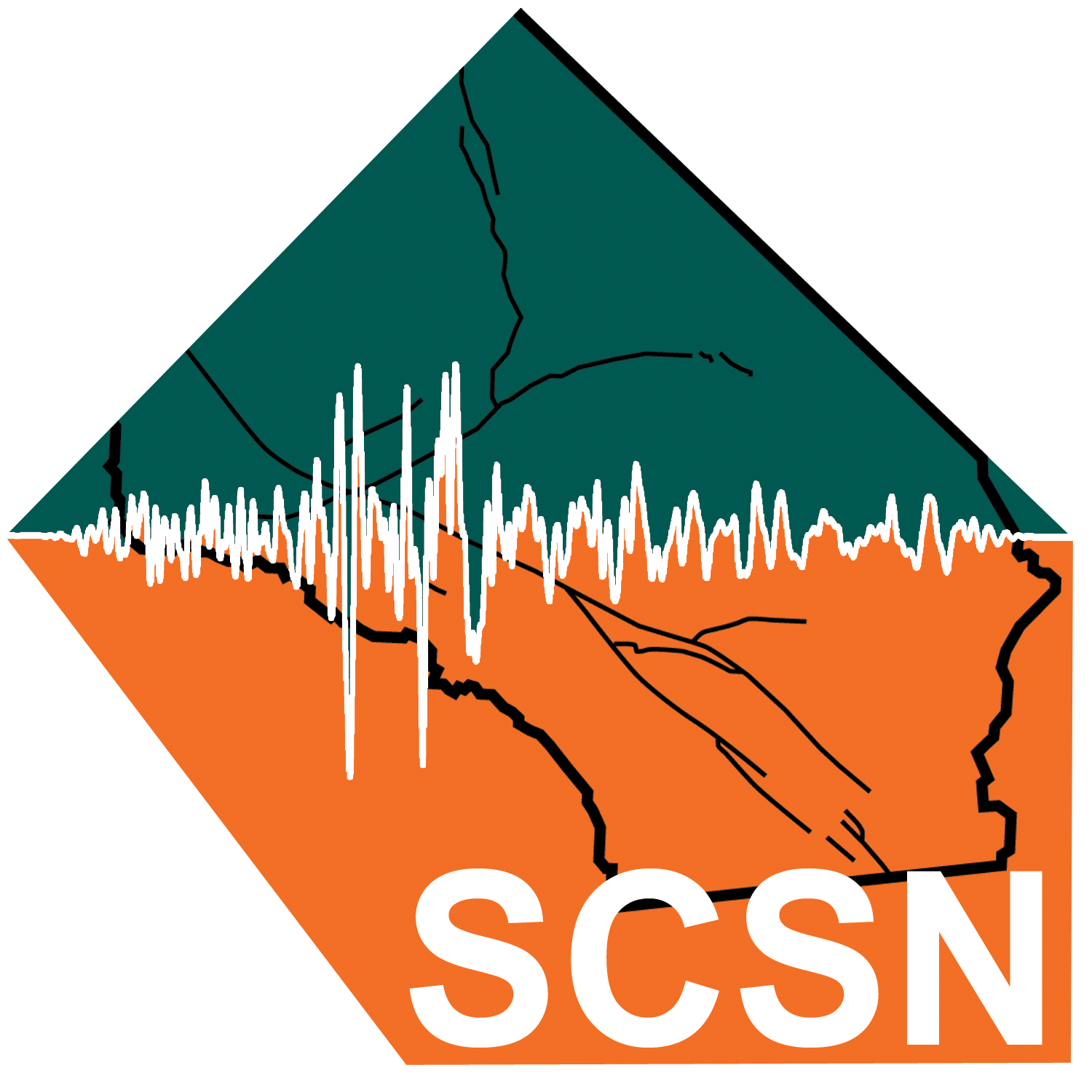Earthquake Information
Fault Name Index
A | B | C | D | E | F | G | H | I | J | K | L | M | N | O | P | Q | R | S | T | U | V | W | X | Y | Z
Raymond Fault
TYPE OF FAULT: left-lateral; only minor reverse slip
LENGTH: 26 km
NEAREST COMMUNITIES: San Marino, Arcadia, South Pasadena
MOST RECENT MAJOR RUPTURE: Holocene
SLIP RATE: between 0.10 and 0.22 mm/yr
INTERVAL BETWEEN MAJOR RUPTURES: roughly 4500 years (?)
PROBABLE MAGNITUDES: MW6.0 - 7.0
This fault dips at about 75 degrees to the north. There is evidence that at least eight surface-rupturing events have occurred along this fault in the last 36,000 years.
The exact nature of the slip along the Raymond fault has been a subject of debate for quite some time. The fault produces a very obvious south-facing scarp along much of its length, and this has made many favor reverse-slip as the predominant sense of fault motion. However, there are also places along this scarp where left-lateral stream offsets of several hundred meters can be seen.
The matter will not be conclusively resolved until the Raymond fault ruptures at the surface, but some new light was shed on the debate in late 1988, when the Pasadena Earthquake occurred. Apparently located on the Raymond fault, the motion of this quake was predominantly left-lateral, with a reverse component only about 1/15th the size of the lateral component. Curiously enough, this corresponds very well with a scarp height of about 30 meters (reverse slip) versus a left-lateral stream offset of about 400 meters (lateral slip), which are found along the scarp of the Raymond fault south of Pasadena.
If the Raymond fault is indeed primarily a left-lateral fault, it could be responsible for transferring slip southward from the Sierra Madre fault zone to other fault systems.
This fault is featured on the following map:
Los Angeles Fault Map






